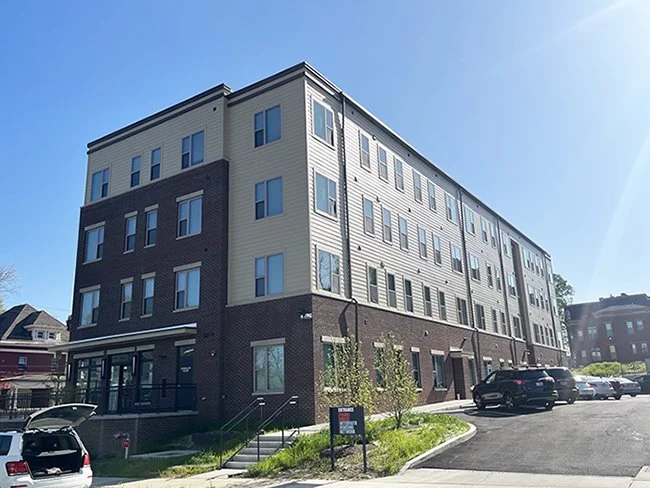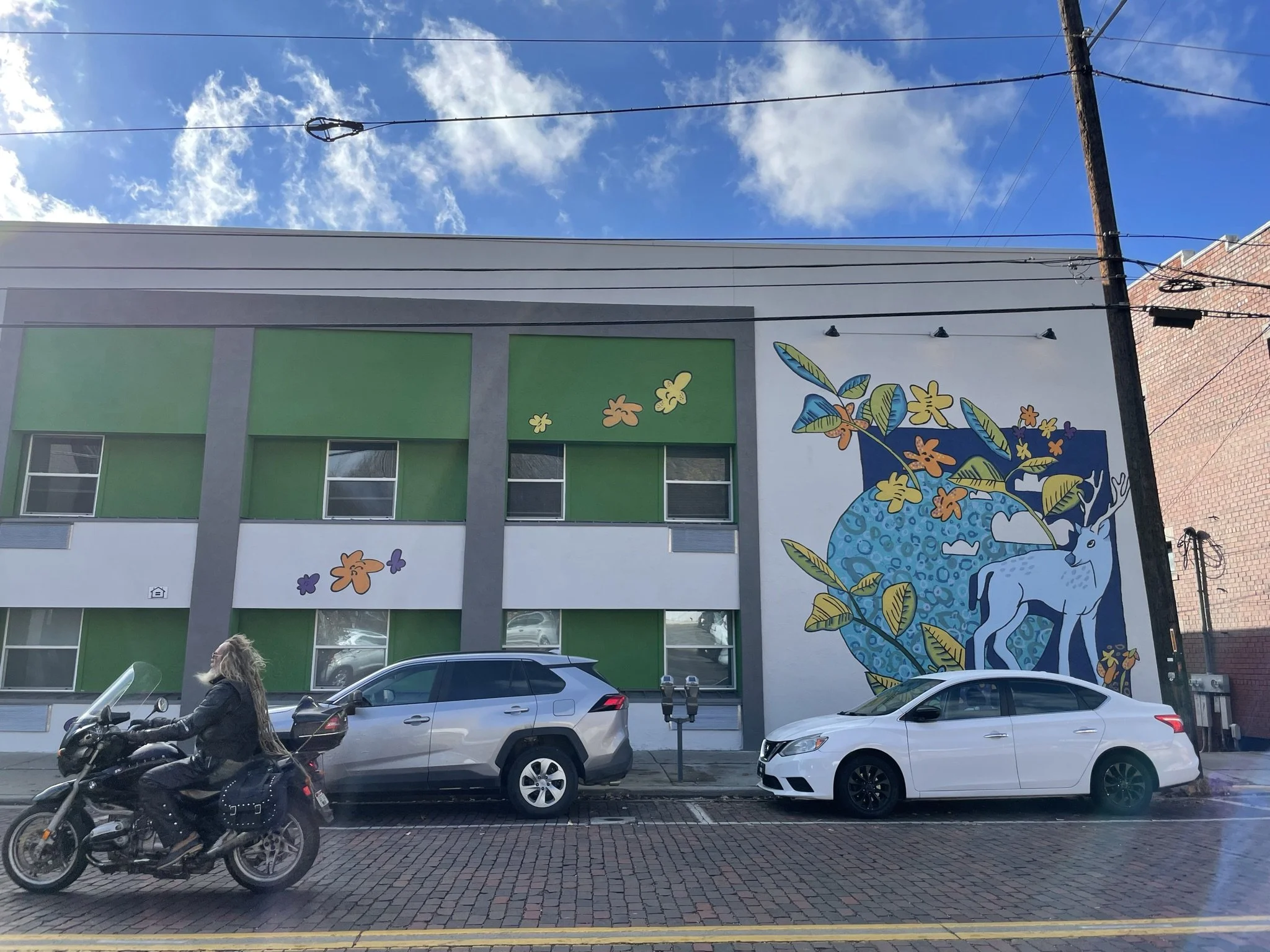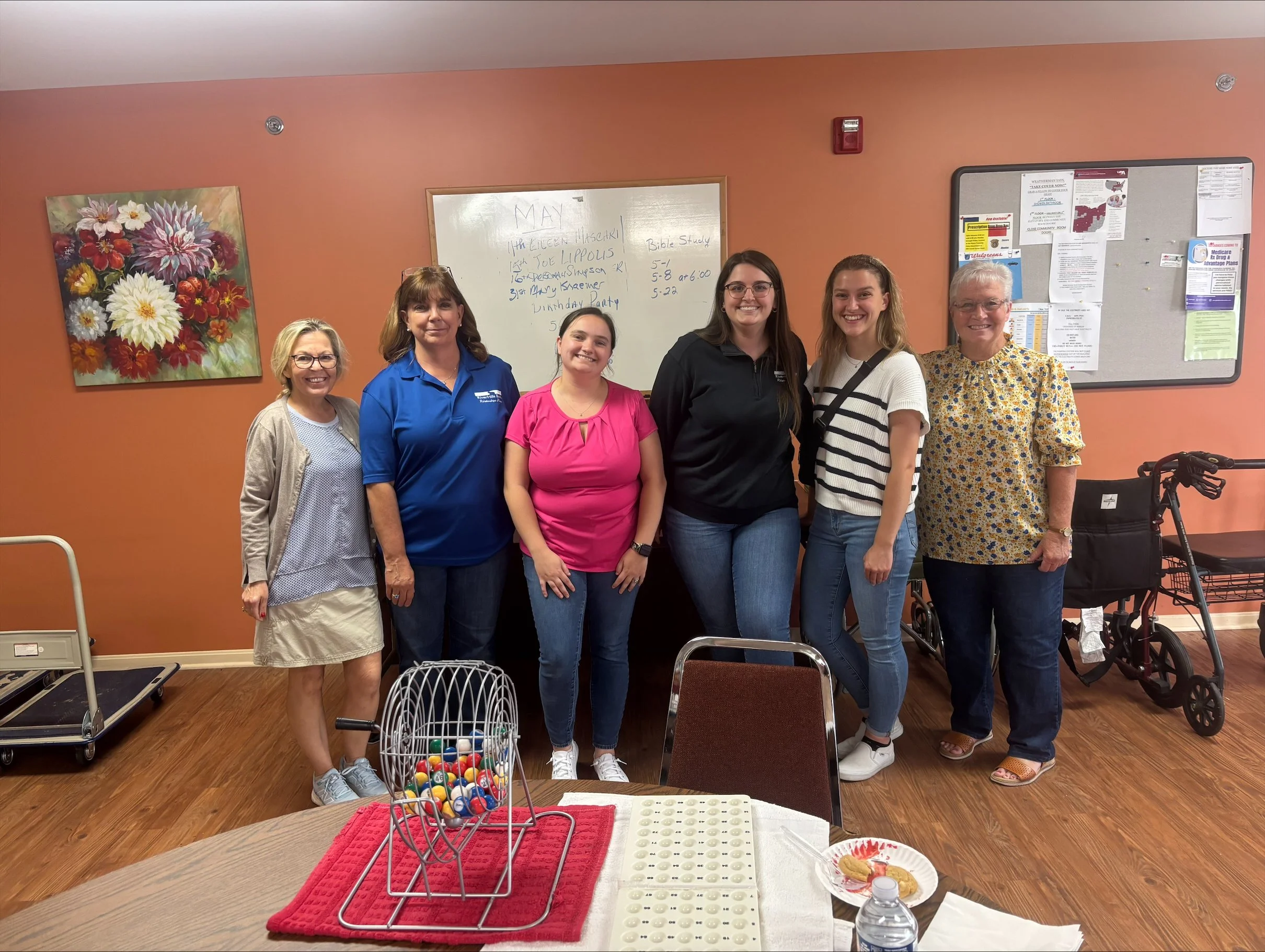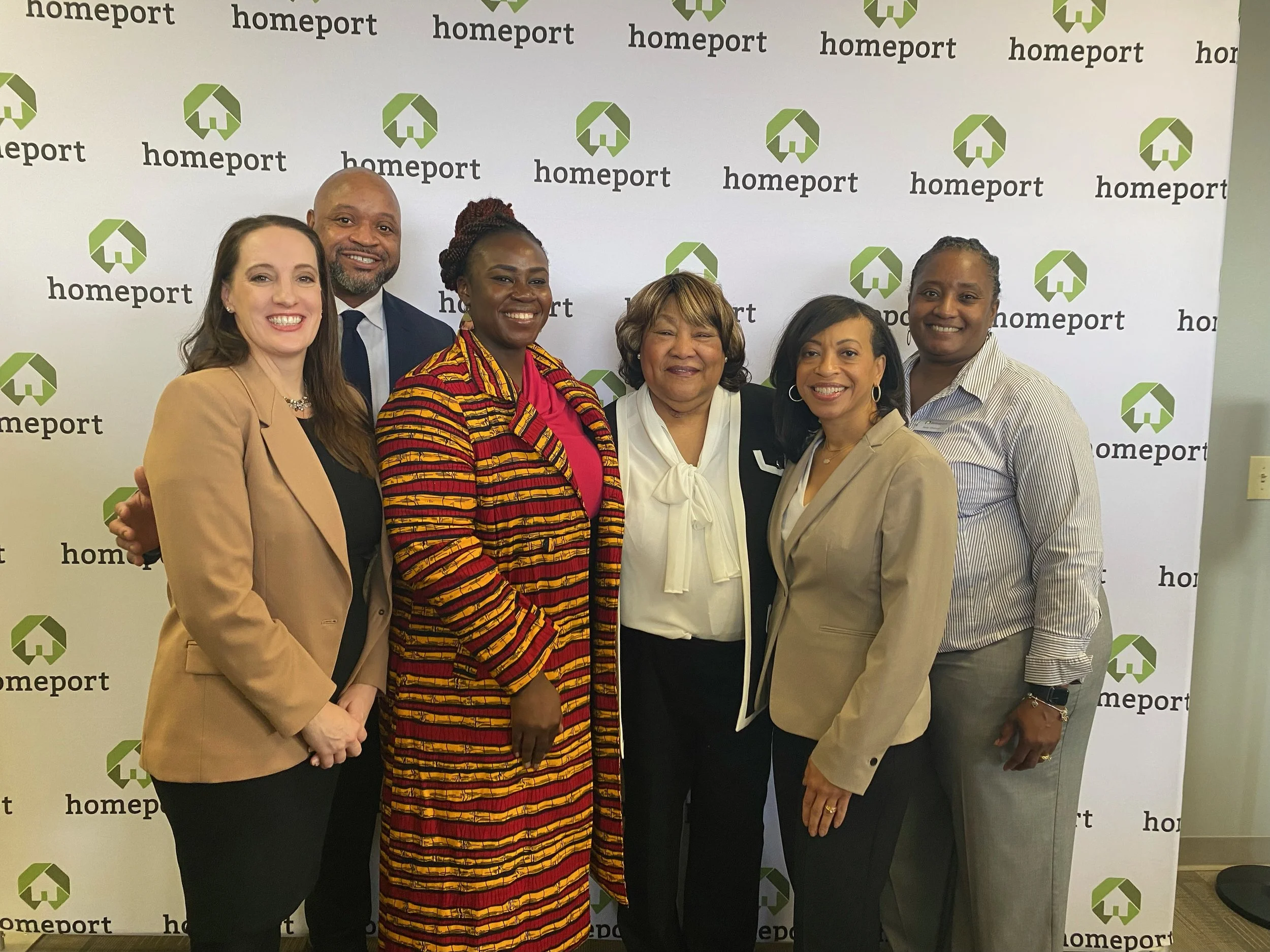
a catalyst for our customers’ dreams
build, revitalize & sustain
RiverHills Bank passionately believes in the benefits of providing safe, affordable housing to every individual in the United States and we believe that our support of the Affordable Housing Program helps us towards that goal. Here are some of our recent projects:
What is Affordable Housing Lending?
The low-income housing tax credit (LIHTC) program was created in 1986 and made permanent in 1993. It is an indirect federal subsidy used to finance the construction and rehabilitation of low-income affordable rental housing. Congress created this as an incentive for private developers and investors to provide more low-income housing. Without the incentive, affordable rental housing projects do not generate sufficient profit to warrant the investment.
The LIHTC gives investors a dollar-for-dollar reduction in their federal tax liability in exchange for providing financing to develop affordable rental housing. Investors’ equity contribution subsidizes low-income housing development, thus allowing units to rent well below-market rates. In return, investors receive tax credits paid in annual allotments, generally over 10 years. Within general guidelines set by the Internal Revenue Service (IRS), state housing agencies administer the LIHTC program.
State agencies review tax credit applications submitted by developers and allocate the credits. States currently receive an allocation of tax credits equal to approximately $1.75 per resident from the federal government. Once an applicant secures a tax credit reservation, the developer must leverage the financial resources for the development. Under a typical LIHTC transaction, a developer must secure a conventional loan from a private mortgage lender or public agency, gap financing from a public or private source, and equity from the developer or private investor in exchange for the tax credits.
Once the project is built, states must ensure that it meets the LIHTC eligibility requirements. The LIHTC property must comply throughout the 15-year period or investors will be exposed to the recapture of some of the credits. State housing agencies are responsible for monitoring LIHTC property owners by requiring them to certify on an annual basis that they are renting units to qualified low-income tenants. If property owners are found to be out of compliance, they can lose some of their credits.
Developers may claim LIHTCs themselves. However, due to limitations and the lack of enough taxable income, most developers choose to find tax credit investors, who provide cash that is channeled into the development. The developer can either work with an investor who invests directly into a partnership and receives tax credits or work with a syndicator who acts as a broker between the developer and investor. To benefit from economies of scale, syndicators pool several projects into one LIHTC equity fund. Then, syndicators market the tax credits to investors who essentially invest in a piece of the syndicator’s fund. This spreads the risk across the various projects benefiting from the fund.
LIHTC is a complex income tax area, requiring owners and investors to comply with numerous administrative rules and regulations such as maintaining the required number of income-eligible tenants and ensuring that the appropriate documents and records are filed and maintained. The paperwork associated with LIHTC properties is extensive, to say the least. Apartment owners/investors must contend not only with the application process, but the carryover allocation, cost certifications and submission of numerous compliance forms on an annual basis. Here is a quick chart to explain the moment of money.
DREAM MAKERS
UNIQUE PROMISE
Every bank makes the same promise, which is that they will safeguard your money and give it back to you in an easily accessible way when you need it. At RiverHills Bank, we also make a unique promise: While we have your money, we promise we will do really good things with it.
RiverHills Bank is one of the largest 9% Affordable Housing lenders in Ohio, Indiana, Michigan, Kentucky and several other states in the region. Annually we originate 30+ affordable housing loans. Over the last eleven years, we have made more than $1 billion in loans to support affordable housing in our region. This is more than 400% of our total average deposits over that same time period. Since the beginning of 2014, it has been our goal to make affordable housing loans equal to 75% of our total core deposits. Here is how we have done since we started this program in 2014:
| YEAR | # UNITS | # LOANS | $ LOANS | $ CORE DEPOSITS | CORE DEPOSITS VS. LOANS | GOAL |
|---|---|---|---|---|---|---|
| 2014 | 572 | 12 | $31,590,320 | $67,429,169 | 47% | 75% |
| 2015 | 839 | 27 | $60,751,953 | $75,795,622 | 80% | 75% |
| 2016 | 703 | 22 | $69,537,240 | $88,502,488 | 79% | 75% |
| 2017 | 719 | 23 | $70,584,370 | $100,669,847 | 70% | 75% |
| 2018 | 485 | 18 | $60,412,665 | $105,630,493 | 57% | 75% |
| 2019 | 813 | 29 | $108,575,126 | $110,908,838 | 98% | 75% |
| 2020 | 1,186 | 32 | $98,663,691 | $150,695,591 | 65% | 75% |
| 2021 | 809 | 29 | $79,215,142 | $183,700,399 | 43% | 75% |
| 2022 | 1,837 | 58 | $221,296,587 | $196,691,110 | 113% | 75% |
| 2023 | 1,119 | 30 | $134,721,385 | $181,408,500 | 74% | 75% |
| 2024 | 701 | 28 | $142,665,987 | $194,186,694 | 73% | 75% |
| **Historical Total** | **9,783** | **311** | **1,085,564,466** | **1,455,618,751** | **75%** | **75%** |
| 2025 | 688 | 21 | $86,584,396 | $242,186,818 | 36% | 75% |
| **Total** | **10,471** | **332** | **$1,172,148,862** | **$1,697,805,568** | **N/A** | **N/A** |
| Year | # Units | # Loans | $ Loans | $ Core Deposits |
Core Deposits Vs. Loans |
Goal |
|---|---|---|---|---|---|---|
| 2014 | 572 | 12 | $31,590,320 | $67,429,169 | 47% | 75% |
| 2015 | 839 | 27 | $60,751,953 | $75,795,622 | 80% | 75% |
| 2016 | 703 | 22 | $69,537,240 | $88,502,488 | 79% | 75% |
| 2017 | 719 | 23 | $70,584,370 | $100,669,847 | 70% | 75% |
| 2018 | 485 | 18 | $60,412,665 | $105,630,493 | 57% | 75% |
| 2019 | 813 | 29 | $108,575,126 | $110,908,838 | 98% | 75% |
| 2020 | 1,186 | 32 | $98,663,691 | $150,695,591 | 65% | 100% |
| 2021 | 809 | 30 | $97,392,142 | $183,700,399 | 54% | 75% |
| 2022 | 1,837 | 58 | $221,296,587 | $196,691,110 | 114% | 75% |
| 2023 | 1,119 | 30 | $134,721,3852 | $181,408,500 | 74% | 75% |
| 2024 | 701 | 28 | $142,665,987 | $194,186,694 | 73% | 75% |
| Historical | 9,783 | 311 | $1,085,564,466 | $1,455,618,751 | 75% | 75% |
| 2025 | 688 | 21 | $86,584,396 | $242,186,818 | 36% | 75% |
| Total | 10,471 | 332 | $1,172,148,862 | $1,697,805,568 | N/A | N/A |
Over the last eight years, we have used our depositor’s money to help create homes for 7k+ families, seniors and people with physical/mental disabilities. We believe that this high-quality, safe, affordable housing is the foundation for a successful life. When paired with many of the wonderful social support services, this housing can make a monumental and life-changing impact on the people who are fortunate enough to live there. The problem is that there is just not enough safe, affordable housing for people in this country. Almost every project is leased up before construction is complete and there is a waiting list a mile long for people hoping to get in. If you want to be an impact depositor and support affordable housing, please open up a deposit account with us and your money be listed on the chart above. Then come back here at your convenience and track us as we try to invest your money into the people that desperately need a place to call home.
active citizens
Community Events
It is imperative that we are all working diligently to get to know and cherish all of our fellow community members.
RiverHills Bank is devoted to serving the communities in which we operate in and around. All employees are encouraged to be leaders within RHB and find, organize and implement their own community event. Our staff facilitates 10-20 events each year. These events not only strengthen the bond between the community and our institution, but they also provide valuable leadership experience and collaboration between all individuals within the RHB family. It is imperative that we are all working diligently to get to know and cherish all of our fellow team members. These events give us a wonderful chance to interact with members outside of our own departments. The overall goal is simple. If other businesses see the impact we are making in our community, they might be inspired to reach out as well. And imagine what we can all do together.





















